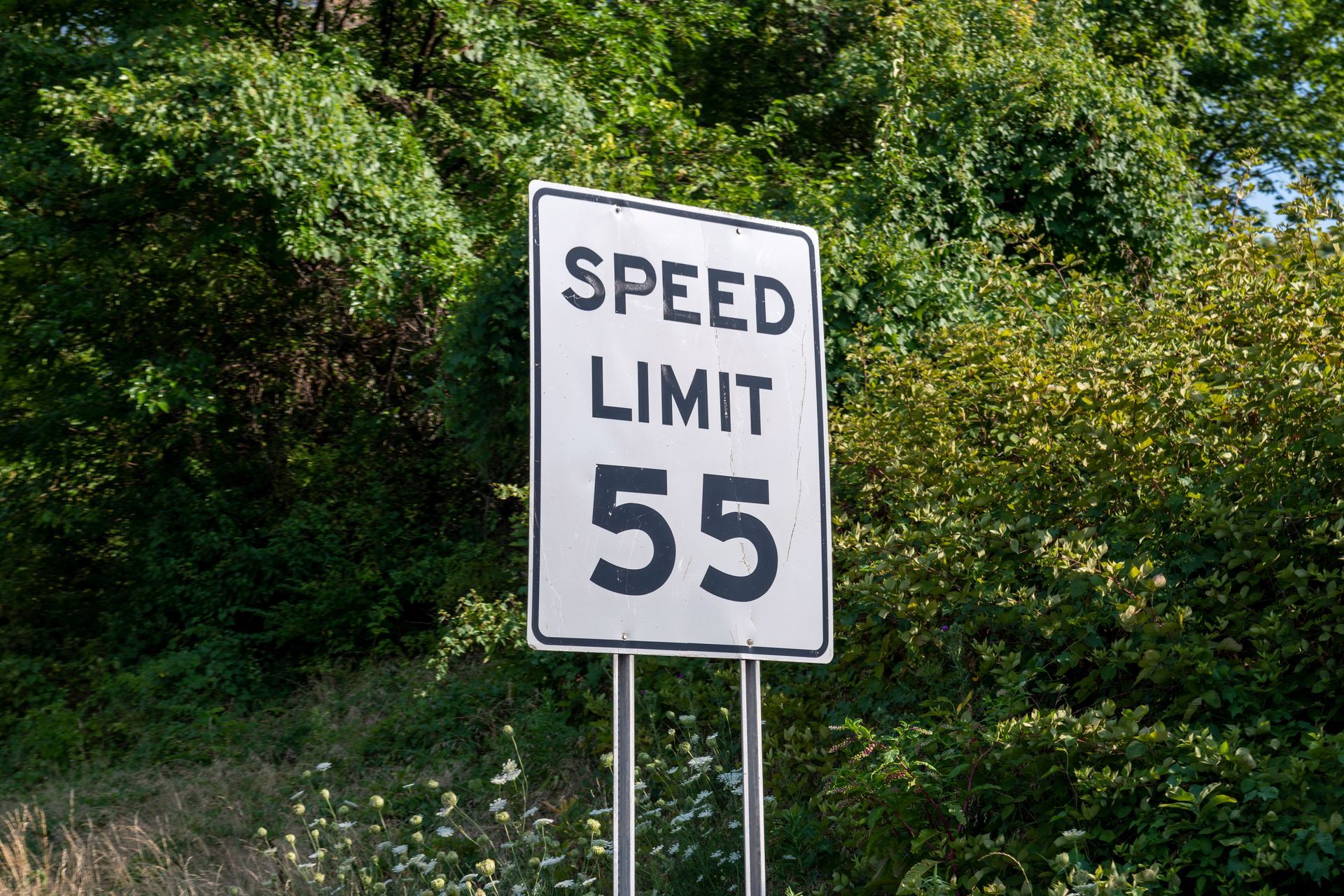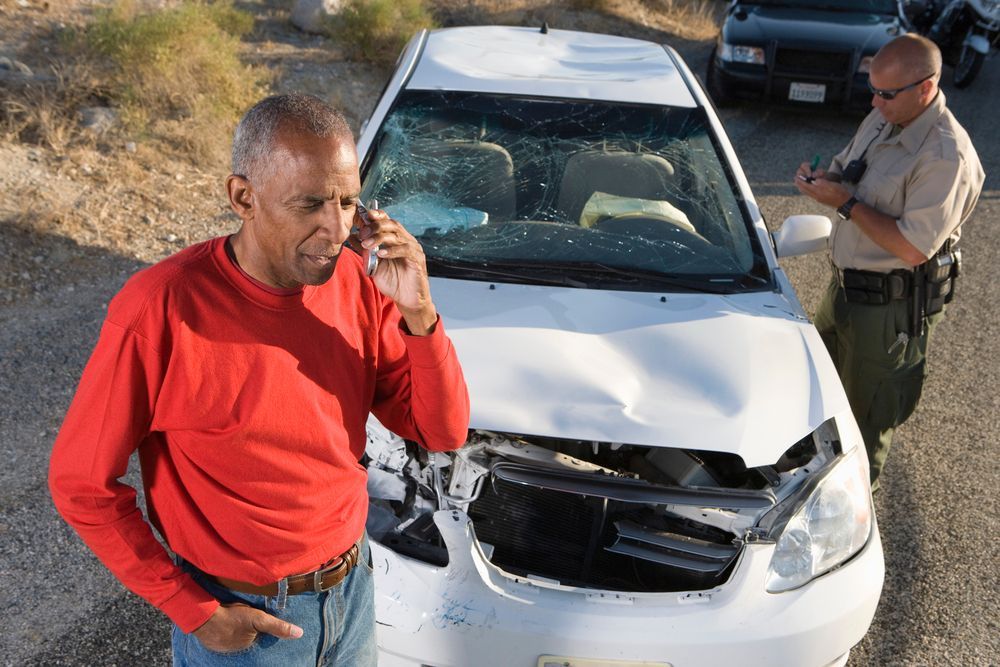A Quick Guide to Colorado Speed Limit Laws
Recent Blog Posts
A Quick Guide to Colorado Speed Limit Laws

Understanding speed limit laws in Colorado is important not just for avoiding traffic tickets, but also for protecting your rights if you’re involved in a collision. In disputes over liability or damages, speed often becomes a central factor. Below is a clear, up-to-date guide to what drivers should know about speed limits in Colorado.
1. Basic Speed Rule: Reasonable and Prudent (C.R.S. § 42-4-1101)
Colorado’s speed laws begin with a foundational rule: you must always drive at a speed that is reasonable and prudent under existing conditions — meaning you may need to slow down below the posted limit if circumstances demand it (e.g., rain, fog, traffic, road hazards).
Even if you are under the posted limit, that does not automatically shield you from liability if your speed was unsafe given weather, visibility, or traffic hazards.
If a “special hazard” exists—such as pedestrians, debris, sharp curves, or poor road conditions—you are required to reduce your speed accordingly.
2. Prima Facie Speed Limits (When No Other Limit Is Posted)
Colorado law specifies “default” or prima facie speed limits in various types of areas, unless signs or local ordinances indicate otherwise. These are presumptive speeds—but can be rebutted in court if evidence shows they were unsafe under the conditions.
Here are the standard limits:
- 20 mph on narrow, winding mountain highways or blind curves
- 25 mph in any business district
- 30 mph in residential districts
- 40 mph on open mountain highways
- 55 mph on open highways that are not interstate routes and are not expressways or four-lane highways
- 65 mph on surfaced, four-lane highways (interstate, freeways, or expressways)
In each of these zones, if a posted sign sets a lower or higher speed, that posted limit overrides the prima facie default.
Importantly, no speed limit may exceed 75 mph anywhere in Colorado.
3. Absolute vs. Prima Facie Limits & Local Authority
While many speed limits are prima facie, Colorado allows municipalities (cities and towns) to adopt absolute speed limits by ordinance. An absolute speed limit means exceeding it is illegal regardless of conditions—and those limits are not subjected to the prima facie “rebuttal” standard.
Local governments, working with traffic engineering studies, also determine when to post limits, adjust speed zones, or set minimum speeds.
4. Minimum Speed Laws & Impeding Traffic
Colorado law also prohibits driving so slowly that you impede or block the normal and reasonable forward movement of traffic, except when necessary for safe operation or complying with another law.
If traffic consistently backs up behind slow traffic, authorities may post minimum speed limits on certain roads.
On controlled-access highways (like interstates) or outside incorporated areas, a driver cannot unduly slow the flow of traffic under normal conditions.
5. Penalties & Offense Classifications
Violating Colorado’s speed laws can result in either a traffic infraction or, in more serious cases, a misdemeanor.
Here is how the penalties generally break down:
- Exceeding the speed limit by 1 to 24 mph (or driving faster than is reasonable/prudent) is a Class A traffic infraction, typically handled as a civil matter.
- Exceeding by 25 mph or more over the limit is a Class 2 misdemeanor, which can carry higher fines and possible jail time.
- If the speeding violation occurs in a construction or repair zone, the offense may escalate to a Class 1 misdemeanor, with harsher penalties.
Penalty details differ depending on how far over the limit you were, the location (e.g. construction zone), and whether other conditions apply.
Additionally, when a speeding ticket is issued, the citation must state both your alleged speed and the “reasonable and prudent” speed applicable for the area.
6. Special Situations & Adjustments
- Hazardous Conditions: Even if you are under the posted speed limit, if conditions (rain, ice, heavy traffic) make that speed unsafe, you may still be liable under the reasonable and prudent rule.
- Variable Speed Limits: Some highways may adopt dynamic or variable speed limits (based on weather, traffic, or congestion). In those cases, the posted dynamic limit controls. (Colorado DOT is exploring this in some corridors.)
- Maximum on Some Vehicles: The law also addresses “low-power scooters” (small electric vehicles) and limits their speed to 40 mph on roadways; local authorities may not authorize higher speeds for them.
- Statutory Exceptions: In emergencies or to avoid imminent harm, a driver may exceed lawful speeds under certain narrowly defined conditions.
7. Why It Matters: Speed, Crashes & Liability
Speed is one of the most critical factors in crash severity. Traveling faster reduces reaction time, lengthens stopping distance, and raises forces in a collision. In personal injury or wrongful death cases, a driver’s speed relative to the legal limit—and whether it was reasonable—often becomes a key battleground.
If you are cited for speeding or involved in a crash, an experienced attorney can examine whether:
- The posted speed was appropriate
- Conditions made a lower speed lawful (reasonable/prudent)
- Engineering or signage was faulty
- The proper speed was cited or documented in the ticket
These factors can affect fault, damages, and your legal options.





